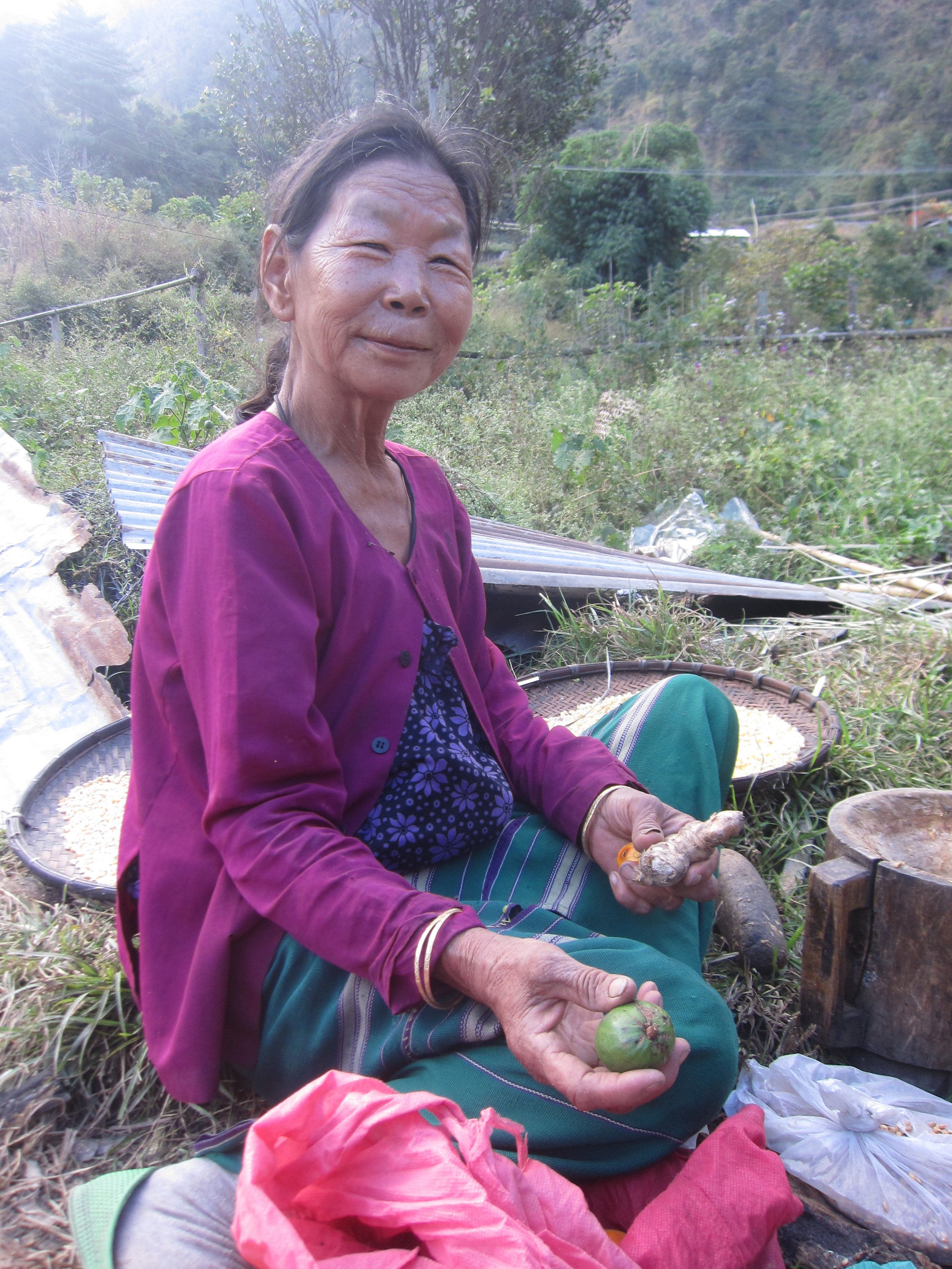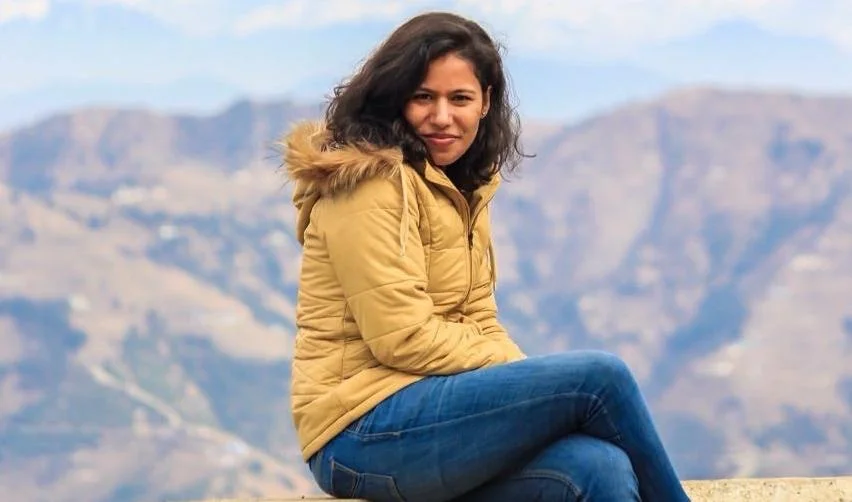Grantee Update: Nandini Velho
The Eaglenest Memory Project
How do we choose to remember, commemorate, organize and re-organize spaces, places and people in history? Memory projects are a vast help. Memory projects are first-hand accounts of what is realized, recognized and experienced by people. The better-known memory projects include those detailing the German holocaust and partition of India. But forests have remained seemingly inert despite the rushes of memories associated with them.
Map of Besmeh, Arunachal Pradesh
Chumbi Megeji.
We wanted to record these human narratives of forests. Eaglenest Wildlife Sanctuary in Arunachal Pradesh is a place where space and time can be married. There is an understanding of space and real-estate value in terms of biodiversity. With Eaglenest as the center-piece, this is a site which is known to have the second highest bird diversity after the Andes mountain range. However the first-hand stories of these forests over time are equally fascinating. This memory project aims to recreate the missing links of the history of Eaglenest Wildlife Sanctuary through important events that took place during the recent past.
At the outset this is not meant to be a go-to for factual information, but we wanted to create memorabilia and visual artifacts that span important memories related to this general area. This led to discussions in a variety of settings - in kitchens over numerous cups of tea, in the sunshine of gompas (Buddhist monasteries), walking through forests with birds chirping and people talking. We interpreted these interviews and translated them into drawings that try to interpret the landscape, events and historical sites of the past. This approach of drawing landscapes back to life has been used to bring to life once bustling trade towns that died away. We were lucky to walk back through time where we discovered some talented photographers. Others took us through their studio-shot old photo albums. Some shared the story of their lives - their nostalgia and their hope. We complimented this with accessing government records, old reports and press clippings.
Puja Kit
Anyok Glow.
No story has been big or small for us. But in trying to synthesize what we have found so far, we can classify recollections into five main themes. The first is the Indo-China war in 1962 where many people fled to Assam through Eaglenest. The second revolves around the logging operations that occurred in the area till the Supreme Court banned them in 1996. The third includes the visits of the Dalai Lama to the area and the influence of Buddhism in the way people relate to wildlife. Fourth, the annual winter migrations of the Shertukpens (from Rupa-Thungri), that happened through these forests. And finally what people perceived to have changed – as they have experienced it.
Our hope is that this book will be the start of an important ongoing conversation – one that gets more people together, more people to agree (and disagree), and finally more people involved in keeping the memories of Eaglenest and its forests alive.
Traditional Bamboo Utensils
For more information about the book and project you can contact Nandini at: nandinivelho@gmail.com.











